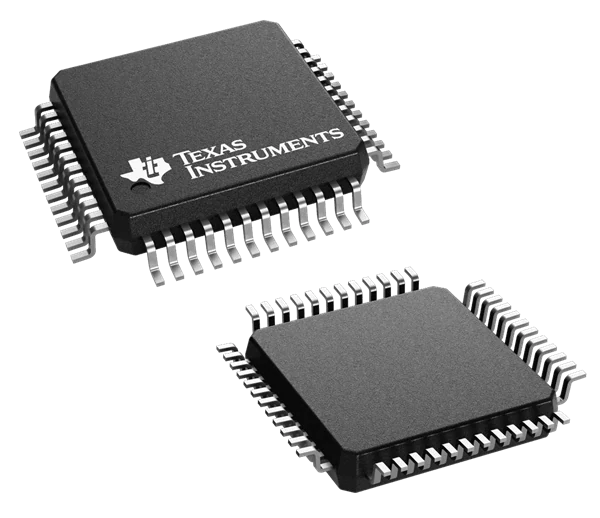Introduction, characteristics, and applications of Texas Instruments TMUX9616 220V high-voltage 16-way switch
2/12/2024 9:45:00 AM
Abstract: Low resistance, low capacitance analog switch integrated circuit (IC) with latch immunity.

The Texas Instruments TMUX9616 220V high voltage 16-channel switch is a low resistance, low capacitance analog switch integrated circuit with latch immunity. The module provides 16 independently selectable 1:1, single-pole, single-throw (SPST) switching channels. The TMUX9616 operates well with dual supplies up to ±110V and also supports asymmetric supply biasing within the recommended supply range. The switch supports bidirectional analog and digital signals on the source (Sx) and drain (Dx) pins, ranging from V(SS) to V(DD). Integrated bleeder resistors on the Sx and Dx pins discharge capacitive loads such as piezoelectric transducers. The TMUX9616 220V high-voltage 16-channel switch is available in an industry-standard 7mm x 7mm LQFP package with pin-to-pin compatibility. Typical applications include medical ultrasound imaging, non-destructive testing (NDT) metal flaw detection and piezoelectric sensor driving.
characteristic
-
Latch immunity caused by device structure
-
Wide power supply range or input signal range:
-
Dual power supply: ±20V ~±110V, 220V (PP)
-
240V(PP) absolute maximum
-
5pF shutdown capacitor
-
10pF on capacitor
-
12 ohm resistor (R(ONL))
-
3µs on-time (max)
-
Up to 72MHz data shift clock frequency
-
1.8V to 5V logic levels
-
Excellent disconnect isolation performance of -70dB at 5MHz
-
Integrated bleeder resistor on output
-
Extended -40°C to 125°C temperature range
-
Industry standard 7mm x 7mm (body size) LQFP package, pin-to-pin compatible
app
-
medical ultrasound imaging
-
Non-destructive testing metal flaw detection
-
Piezoelectric Sensor Driver
-
Ultrasonic flow transmitter
-
printer
-
Optical MEMS module
Simplified schematic

-
Phone
+852 62639182 -
Whatsapp

